>>> For more on this topic, read the complete Bear East series here.
By any reckoning, the small Southeast Asian backwater of Laos and mighty Russia are worlds apart. Their capitals are separated by 4,000 miles, and their people share little in the way of culture, religion or temperament. And yet, they have ties that bind.
For more than 60 years the two nations have been linked by ideology and the legacy of war. And now those bonds are being revived, in adversity. As Russia faces international isolation over its invasion of Ukraine, and as Laos grapples with economic woes, the Soviet-era government ties that shaped the lives of many Lao during the Cold War have acquired a new significance and brought their leaders closer.
Lao revolution
Sisavath Chammalay* remembers a day in 1986 as if it just happened yesterday.
It had been a long flight through South and Central Asia and when the old Tupolev landed in Moscow’s Sheremetyevo airport in the morning, all the students on board were extremely tired.
The forest next to the runway was turning yellow and red and the early fall air was crisp and cool, so different from the humid heat in Laos they had just left behind. But Sisavath froze: his luggage with some fake Levi’s jeans and Thailand-made cosmetics, intended to be sold for a meager profit, was confiscated by customs.
Laos was extremely poor at that time. To buy those jeans his family had to borrow from their neighbors. And so he went to the Soviet Union determined to make money to send home.
Sisavath may have lost his first load of bootleg goods, but he still spent most of the following years flogging contraband on the black market and only attending lectures from time to time. He even hired some other students to write essays for him.
“At school I studied socialism and the Soviet centrally planned economy, but what I did was to make money through the loopholes of the system,” he said.
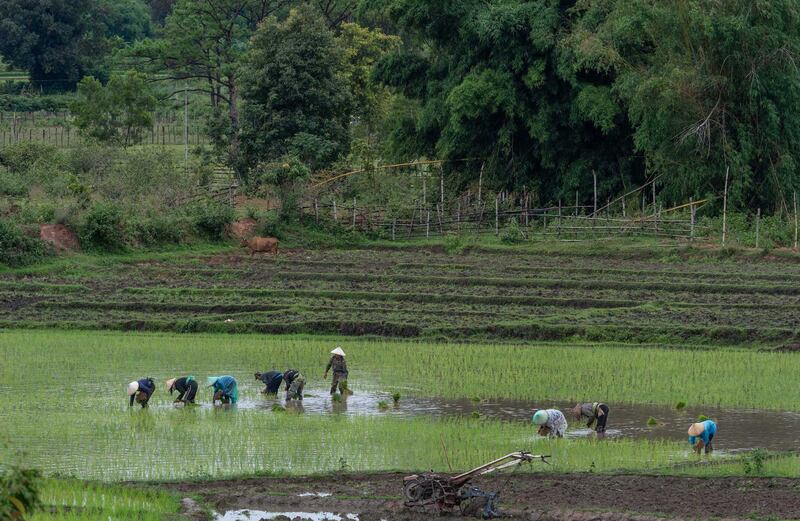
Then in 1991 the Soviet Union collapsed. Thousands of foreign students suddenly found themselves being thrown onto the street, figuratively speaking, as their pitiful scholarships shrank to almost nothing due to hyperinflation after the government abolished price control.
But some, like Sisavath, seized the chance to make quick money buying and selling things that were not available in the shops, as well as running a money exchange business. Not everything he did was legitimate, he said, but “it was a market economy.”
Sisavath and others' brush with the market economy counted for little when they went back to build socialism in Laos. The impoverished country did open up, but it remains one of the poorest in Southeast Asia.
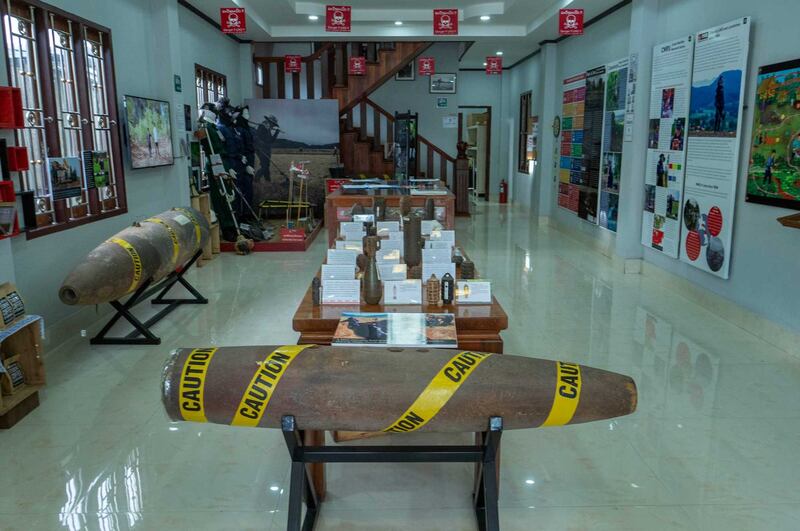
For decades, the USSR provided vital economic assistance and helped build up the Lao military. Keith Barney, a Laos expert at the Australian National University, says Laos recognizes that the Soviet Union was “very important to the success of the Lao revolution.”
“When the Lao revolution was struggling after the proclamation of the Lao People's Democratic Republic in 1975, the USSR was providing material support to the Lao government,” he said. “That involved the provision of military equipment and loans back in the day.”
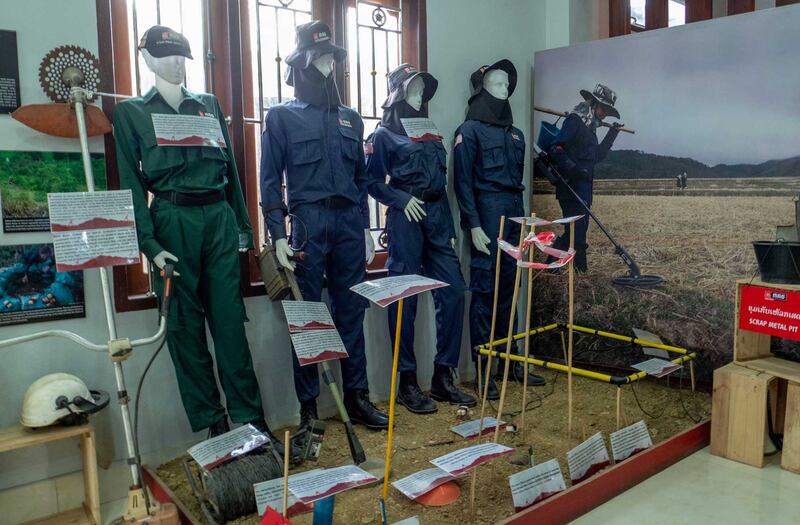
In the words of Russia's foreign minister, Sergei Lavrov, Moscow supplied Laos with "cars and trucks, fuel, food and consumer goods, with everything that was in deficit in the country devastated by many years of the civil war and foreign interference."
In 2003, in a big gesture of goodwill, Russia decided to cancel 70% of Laos' debt and provide preferential repayment conditions for its remaining balance of $378 million over the next 33 years.
Russian then-Prime Minister Mikhail Kasyanov said that Russia wanted to help Laos improve living standards. But economic cooperation during the following decade was modest. Annual bilateral trade was around $20 million-$25 million with Moscow exporting vehicles, printing products and flour to Laos while importing electronics, clothing and shoes.
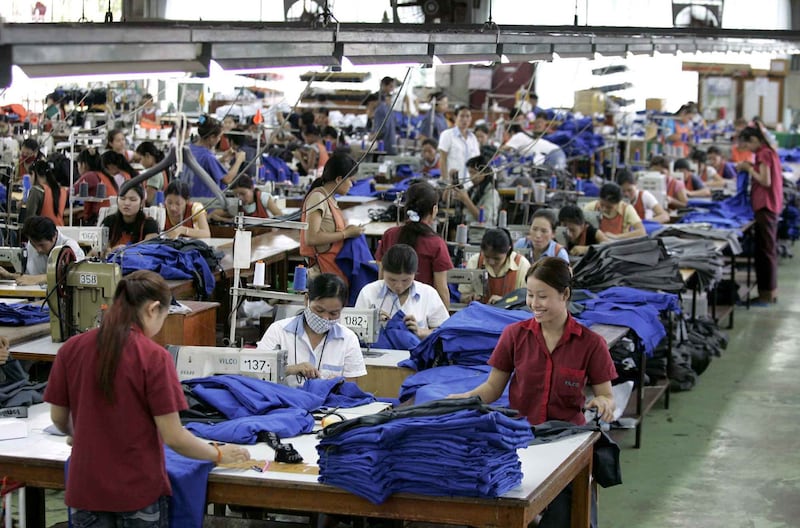
Renewed alliance
More recently, Vientiane has been courted by Vladimir Putin’s Russia as Moscow rekindles Cold War-era alliances to stave off international condemnation and global isolation.
Business forums were held in both Laos and Russia to encourage cooperation in the digital economy, smart cities, education and tourism. In September 2022, they agreed to introduce the Russian Mir payment system in Laos.
Laos has discussed buying cheap Russian oil, but it is unclear whether an agreement has been signed. Despite international sanctions imposed over Russia’s invasion of Ukraine, countries outside U.S. and European Union jurisdictions are not prohibited from purchasing Russian oil.
Russia has reportedly said it will support modernization of Laos' healthcare system and transport infrastructure. It provided $12 million in 2021 to upgrade the Mittaphab Hospital in Vientiane.
But to regain its Soviet-era foothold in Laos, Russia is banking on the personal relations forged when today’s Lao leadership studied in the USSR.
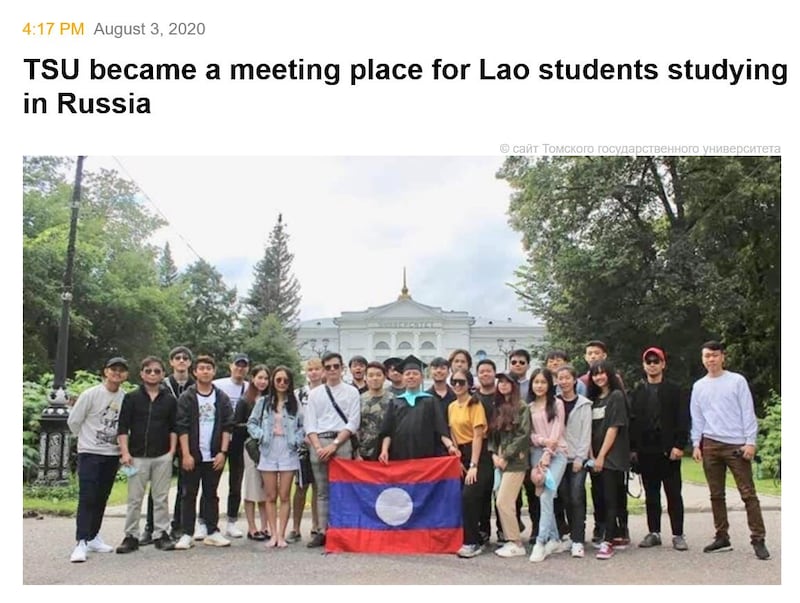
During the 1970s and 1980s, hundreds of young Laotians like Sisavath Chammalay were sent every year to study in Russia and other former USSR republics. According to the Russian Embassy in Laos, around 10,000 Lao citizens graduated from Soviet universities.
Many of them are now holding senior positions in the government. Thongloun Sisoulith, Lao president and the general secretary of the ruling Lao People's Revolutionary Party, went to a university in St. Petersburg and did his Ph.D. in Moscow.
Since then, the number of Laotians studying in Russia has plummeted. Still, Moscow continues to grant up to 100 scholarships to Lao students and government officials every year. Some Russian universities, such as the Vladivostok State University and the Tomsk State University, have been actively recruiting students from Laos.
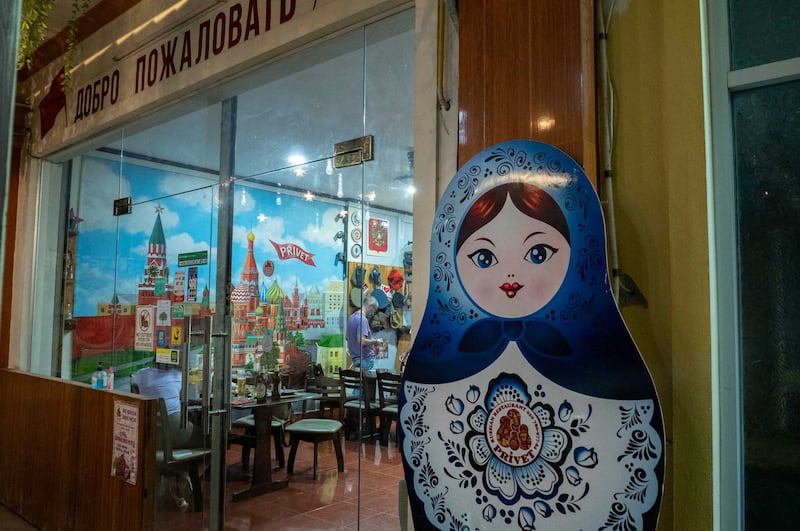
Russia is also wielding soft power inside Laos. In October 2013, the Russian Center for Science and Culture reopened in Vientiane after a two-decade hiatus. It’s now known as “Russian House” and hosts Russian-language classes and Russian cultural events. This April, Vientiane hosted a Russian film festival.
Laos is also marketed as a new tourism destination for Russians who have limited travel options over restrictions imposed by European countries due to the war in Ukraine.
Russian citizens can now travel to Laos visa-free and stay up to 30 days, and since March last year, Ural Airlines began direct flights from Vladivostok to Vientiane.
Countering China?
Laos’ ties to Russia are also evident in its diplomacy. So far it has abstained from all the votes at the U.N. against Moscow and has refused to condemn the invasion of Ukraine.
There’s a certain irony in Laos’ apparently unconditional support of Russia, according to Barney from the Australian National University. He said that Vientiane has been “facing the negative economic implications of how Russia's invasion of Ukraine has upended commodity markets and spurred food price inflation.”
“It’s almost as if Laos has sort of voted against some of its own economic interests by supporting Russia fairly closely or abstaining on any U.N. votes,” he said.
![China's President Xi Jinping [right] shakes hands with Laos then-Prime Minister Thongloun Sisoulith before a meeting in Beijing on Jan. 6, 2020. Credit: Mark Schiefelbein/Pool via AFP](https://www.rfa.org/resizer/v2/EQKQCEGKRBEZO642KHLXVNCL6M.jpg?auth=44442720c465034704bc2136aeacbd8a3082141888d779101190224a9f582ccd&width=800&height=532)
At the Nikkei's Future of Asia conference in May 2022, President Thongloun said, without naming any country, that Laos would not take sides in international conflicts and does not support economic sanctions and embargoes.
At the same conference, Thongloun, who served as Lao prime minister between 2016-2021, also spoke of the need to diversify partners and resources.
“Relying on only one country’s resources is not enough. We have connected with different countries and international organizations for help with our infrastructure development,” he said.
The World Bank reported earlier this year that Laos' public debt has reached "critical levels" – a large chunk incurred in its rush to build hydropower dams and become the "battery of Asia."
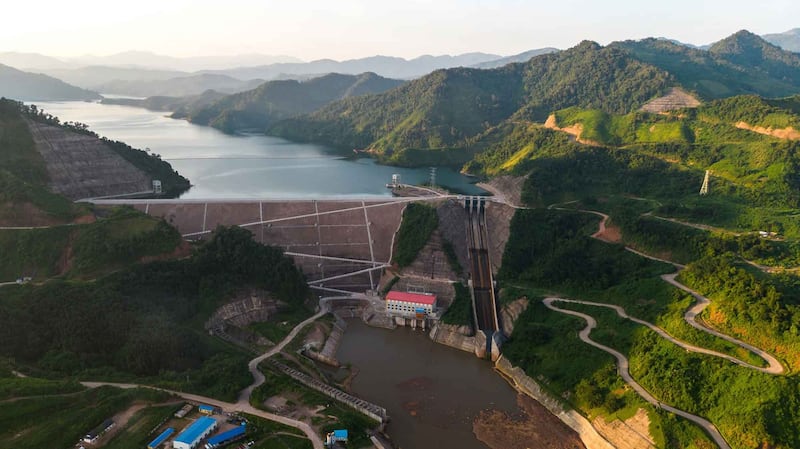
About half of the debt must be paid to China, which has also bankrolled a $6 billion-dollar, high-speed railway now linking the two countries.
The government will have to pay $414 million a year in interest alone, according to Lao Finance Minister Bounchom Oubonpaseuth, amid concerns from international economists that the country is snared in a “debt trap” set by China.
Thongloun’s speech at the Nikkei conference suggested that he’s aware of the danger of relying on its biggest debtor and may turn to Russia for help countering China’s growing influence. Vientiane’s pick of Russia over other countries reflects a high level of trust toward Moscow among Laos’ top-tier leadership.
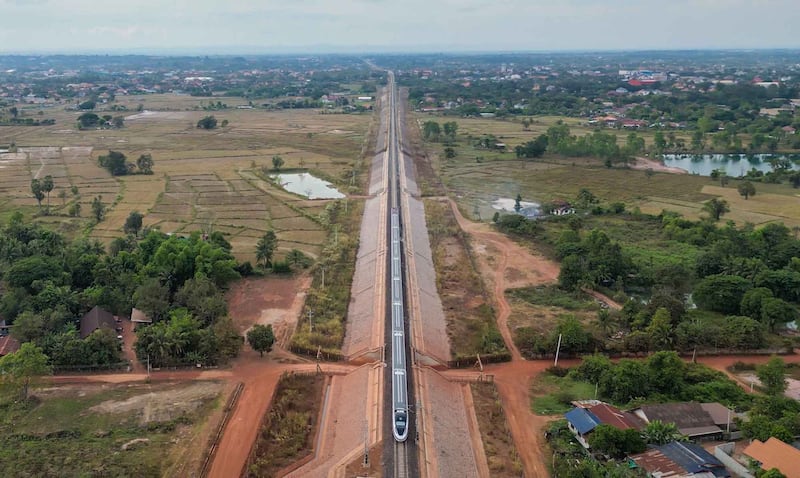
Barney said that as Laos remains “very much a socialist state where Marxism-Leninism is the guiding ideology,” there is “an important ideological connection and a lot of historical ties” between the two countries.
“For political and ideological purposes, Laos is interested in maintaining those relationships,” he said.
Another major connection lies in Laos-Russia military cooperation.
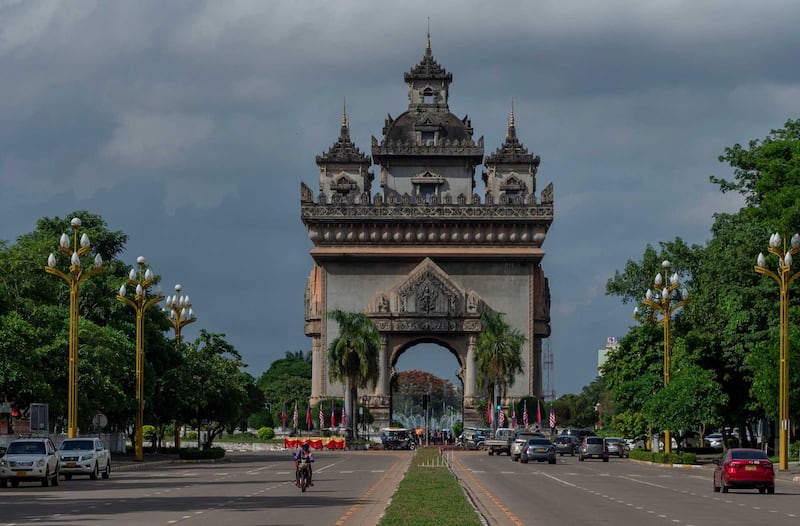
‘We rely on Russia’
At a junction on Vientiane’s Souphanouvong Avenue, named after the first president of the Lao People's Democratic Republic, a monument to commemorate 30 Soviet pilots who died in Laos during the Vietnam War was unveiled in December 2022.
A similar but smaller monument was opened in Xieng Khouang, in northeastern Laos, near Vietnam’s border.
During the war, North Vietnam’s army created an area along the border with Laos, called the Ho Chi Minh Trail, to use as its supply corridor and as a staging area for attacks into South Vietnam.
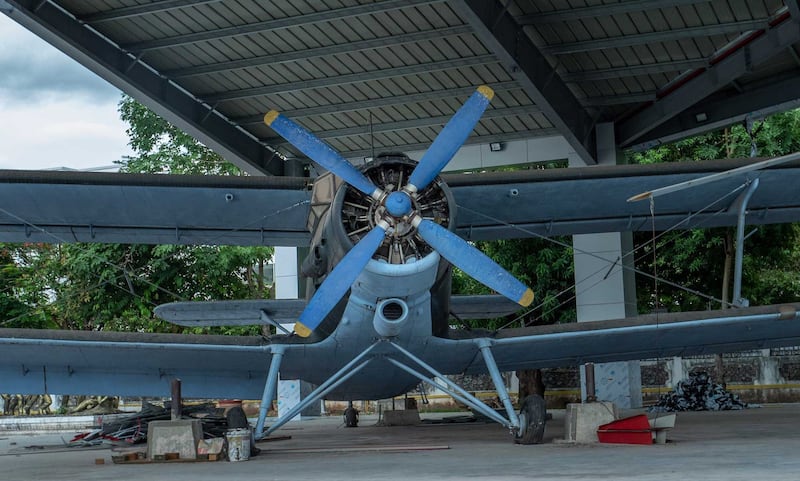
During the period 1960-1973, Soviet pilots in Laos made almost 20,000 flights, transporting more than 2,000 tons of cargo to support the North Vietnamese and the communist Pathet Lao forces fighting a war against what was then a U.S.-backed Lao government.
More than 2 million tons of U.S. bombs were dropped on Laos in nine years, making it, per capita, the most heavily bombed country in history. About one third of the bombs did not detonate and now, 50 years after the war, Lao people are still being killed and maimed by them.
Lao-Russian military cooperation continued after the war. According to the Russian Ministry of Defense, until Jan. 1, 1991, just before the USSR was dissolved, nearly 2,000 Soviet army personnel including more than 30 generals were sent to Laos.
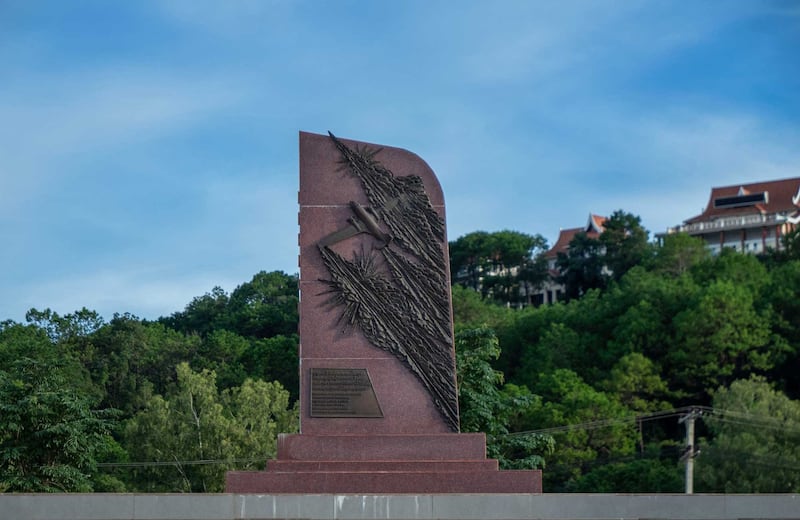
More recently, there’s been a new wave of Russian military visitors. Since 2018, Russia has been helping Laos clear Vietnam War-vintage unexploded ordnance in Xieng Khouang, Bolikhamxay and Khammouane.
And since 2019, the two countries have been holding an annual military exercise called Laros, an abbreviation for Laos and Russia. So far, Laos is the only country in Southeast Asia that allows bilateral military activity with Russia on its soil.
Details are scarce about the military equipment that Russia provided to Laos, but media reports said that there were T-72B1 main battle tanks, Ka-32 and Mi-17V-5 helicopters and Yak-130 combat training aircraft, as well as arms and ammunition.
There were talks about Russia’s setting up a military facility to train Lao troops that could in the future double up as a hub for Southeast Asia, but the plan has yet to materialize.
Russia’s defense minister, Sergei Shoigu, visited Vientiane in January 2018 and according to the RIA Novosti agency, Lao President Thongloun told Shoigu that “everything the Laotian armed forces now have is linked with Russia.”
“We rely on Russia," he said.
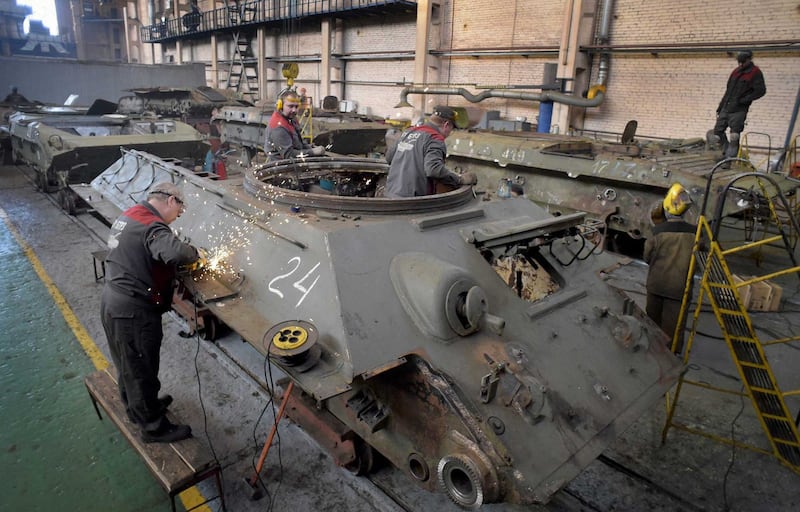
Lao tank in Moscow
On May 9, 2023, a scaled-down Victory Day military parade was held on Moscow’s Red Square.
The annual parade to commemorate the Soviet Union’s victory over Nazi Germany in World War II is one of the most important public events in Russia and often serves as a showcase of the country’s military might.
This year, there was no fly-past and very few troops and military equipment on display. Spectators only saw a lone T-34 tank with a soldier on top, trundling across the historic square like a symbol of Russia’s exhausted military.
What few knew was that the T-34 was among a batch of 30 Soviet tanks that Laos donated “in perfect operational condition” to the Russian Ministry of Defense four years ago.
The tanks were built in Czechoslovakia during the 1950s and transferred to the Lao army in 1987, according to Russia’s Zvezda TV.
They would be used “during victory parades in various cities of Russia, for updating museum expositions, as well as for filming historical films about the Great Patriotic War,” the Russian Defense Ministry said.
The appearance of the Stalin-era tank seems to epitomize the modern-day relationship between Vientiane and Moscow that is rooted in the past.

And as Laos experiences economic headwinds, made fiercer by the fallout of geopolitical events like the Ukraine war on food and commodity prices, Barney says the Southeast Asian nation might reflect on whether deeper ties with Moscow are in its interest.
“Laos should be concerned when a larger power invades a small country, and there must be some people in the Lao government who think that it could be a problem to be aligned with Putin and Russia,” he said.
Despite all that, the Lao leadership is comfortable with the traditional political model of a single-party socialist country and is set to keep cultivating its relationship with Russia.
“It’s part of the ideology which runs through Marxist-Leninist parties to keep Western powers involved but at a safe distance,” Barney said.
“They want foreign investment from Western countries but not the political influence, and in that sense, Russia – as a fellow authoritarian state – offers an option for Laos to balance out the relationships with the Western powers,” he said.
*The name has been changed to protect the interviewee’s identity.
